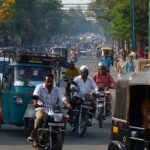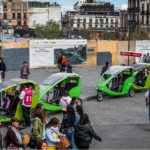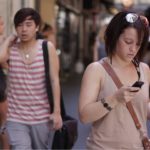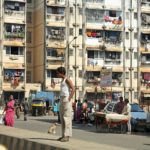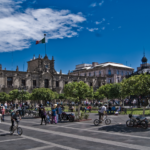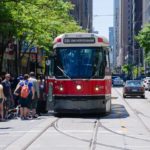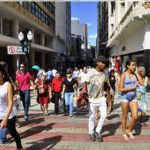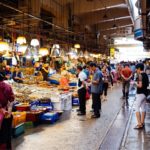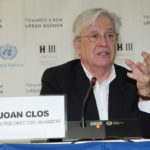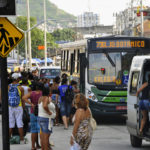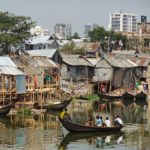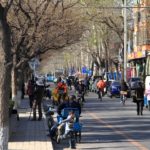Search Results
From April 15 – 16, 2015 over 300 experts—including government officials, policy makers, urban planners, and transport practitioners—participated in a global conversation about Smart Cities at CONNECTKaro 2015. The conference was hosted by EMBARQ India in New Delhi, and key ...

A century of car-centric urban development has left our cities polluted, congested, and searching for sustainable solutions. Transport Demand Management (TDM) strategies can provide these solutions by combining public policy and private sector innovation to reverse over-reliance on private cars. ...

Cities aren’t just a collection of buildings, they’re home to billions of people. They are where we expect to interact with one another and work collaboratively to make our communities better places to live. Different technologies—including mobile phone apps—are enabling ...

Investing in resource efficiency helps cities and their residents by cutting energy and water costs, creating jobs and creating cleaner, healthier air. And making cities more resource efficient is critical to reducing greenhouse gas emissions and combating climate change. Improving ...

April 22, 2015 marks the 45th anniversary of Earth Day, an event first held in 1970 that helped mobilize the modern environmental movement in the United States. This year’s Earth Day will include events that focus on the intersection of ...

While there are many inspiring examples of walkable, transit-oriented cities in Europe, there’s also plenty to learn from Canada. For example, with the extraordinary help of Jane Jacobs and other leaders, Toronto has been able to successfully keep expressways out ...

Nossa Cidade (“Our City”), from TheCityFix Brasil, explores critical questions for building more sustainable cities. Every month features a new theme. Leaning on the expertise of researchers and specialists at EMBARQ Brasil, the series will feature in depth articles on urban planning, ...

Many large Chinese cities have developed around transport corridors. Hangzhou and Suzhou, for example, grew wealthy from their position on the Grand Canal, which connected northern and southern China. Today, the country’s high-speed rail (HSR) system is proving to be ...

There are countless ways to analyze—and visualize—sports. For instance, there’s a wide spectrum of where and how sports are played in cities around the world. Professional sports typically take place in expensive stadiums, which are expected to draw crowds of ...

From April 15 to 16, 2015 in New Delhi, city and transport leaders from around the world came together for the third annual edition of WRI India’s CONNECTKaro conference. This year’s theme of Smart Cities for Sustainable Development and focused on ...

It would take farm land the size of Mexico just to grow the amount of food that humans produce, but do not eat, every year. More food goes uneaten at the consumption phase of the supply chain—in places like homes, ...

In 1950, fewer than 800 million people lived in urban areas. Today that number is almost 5 billion, and is expected to surpass 6 billion by 2045, according to the UN World Urbanization Prospects. Urban growth—and its related challenges of ...

In 2012 alone, Latin America saw 131,000 preventable air pollution-related deaths. To reduce emissions and improve air quality, it’s essential that public transit fleets—like buses—become more fuel-efficient. Adopting cleaner fuels—like natural gas or low-sulfur diesel—and upgrading to technologies that produce ...

As a filmmaker, writer, and editor, Cassim Shepard is particularly attentive to the many complex ways that rapid global urbanization is affecting people at a very fundamental level—what they see, feel, and do in daily city life. Commissioned by Design ...

A century of car-centric urban development has left our cities polluted, congested and searching for sustainable solutions. Transport Demand Management (TDM) strategies can provide these solutions by combining public policy and private sector innovation to reverse over-reliance on private cars. ...

Page 75 of 227« First...1020...747576...8090...Last »








